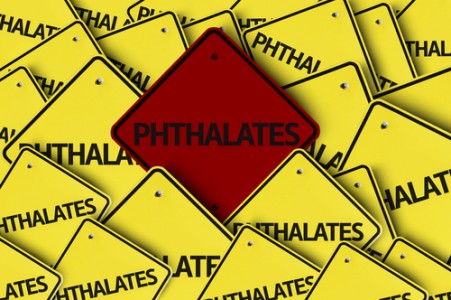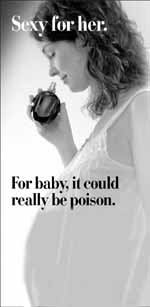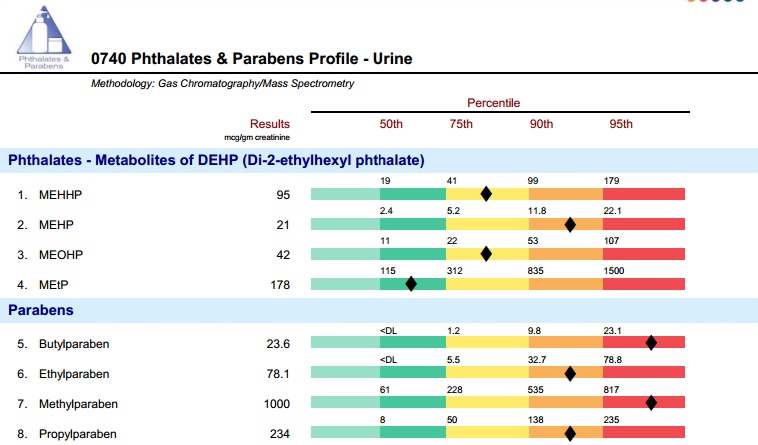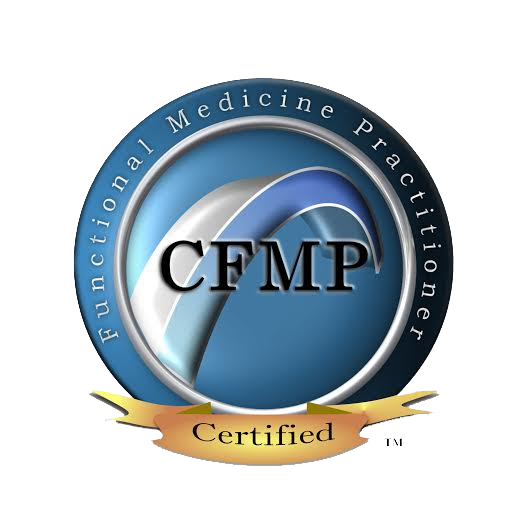I bet you never guessed that a skin moisturizer or that delicious Salmon dinner could be loaded with a toxin that can make you fat and sick. Phthalates are the #1 pollutant we have in our bodies, and they can make you fat and sick! Here is a partial list of conditions that have been linked to phthalates.
- Obesity
- Breast cancer
- Hormone imbalances, especially in boys.
- Indifference, laziness and passivity can be caused by phthalates in boys.
- Low birth weight in infants
- Allergies in children
- Symptoms of ADHD in children
- Chronic fatigue syndrome
- Syndrome X
- Diabetes
- Arteriosclerosis
- Infertility
- Autism
- Plastic toys made before 2009
- PVC flooring: vinyl floors, carpeting and those colorful foam floor pads can be a source for toddlers who will get phthalates both through contact and inhalation.
- Flame retardants in mattresses and children’s pajamas
- Cleaning products
- Pesticides and conventional produce exposed to pesticides
- Fatty foods like milk, butter, and meats are major sources, as phthalates consumed by animals through pesticide-laden food and water accumulate in the fat. Organic meat and dairy are less likely to contain phthalates, as the animals must be fed organic feed.
- Atlantic farm-raised salmon (Wild Pacific salmon is one of the cleanest, healthiest fish.)
- Dusty homes
- Body care products can be a major source and are especially for dangerous for kids. Shampoo, lotions, and powders are often full of the phthalates.
- Medical equipment, from gloves and tubing to packaging and drapes, contain and give off phthalates. Children are the most hurt by this because the toxin load per body weight is the highest.
- Perfumes
- Pencil erasers are a common source phthalates.
- Phthalates are in the capsules and coatings of many drugs and in the inactive ingredients they contain.
- The water we drink
- Cosmetics, nail polish and hair spray
- Mattresses and furniture
- Styrofoam cups
- Auto interior and exhaust fumes (That “new car” smell comes from phthalates in the steering wheel, dashboard and upholstery.)
- The air we breath. Urban areas are worse than rural. Indoor air is worse than outdoor air. Hot temps are worse than cool temps.
Children are most are the most vulnerable to phthalate exposure. Because children are smaller, the toxins are more concentrated in their bodies. In addition, children’s brains and reproductive organs are still developing, so the toxins’ presence is much more damaging. These toxins being introduced at such a fragile time can make the child more susceptible to childhood obesity and later in life experience problems with fertility and even cancer. The harm often starts while the baby is inside the mother. If mom has high levels of phthalates, she will pass them on to her baby, both while in utero and through breast milk.
Here is a list of common phthalates to look for on labels:
- DBP (dibutyl phthalate)
- DNOP (di-n-octyl phthalate)
- DiNP (diisononyl phthalate)
- DEP (diethyl phthalate)
- BBzP (benzyl butyl phthalate)
- DEHP (di 2-ethylhexl phthalate)
- DiDP (diisodecyl phthalate)
- DnHP (di-n-hexyl phthalate)
- DMP (dimethyl phthalate)
- DnOP (di-n-octylphthalate)
- Bisphenol A (BPA)
You may or may not find those words on an ingredients list, but if you see the words fragrance, perfume or parfum, the product will contain phthalates. Neither will you find them as ingredients in food products, however phthalates in food packaging like plastic bags, plastic bottles and BPA lined cans can leach into the food. It can even pass into the food from plastic tubing or parts used in processing machinery.
This symbol is going to be on any plastic that contains phthalates like water bottles or food packaging:
Plastic with recycling codes 3 and 7 may contain phtahlates, while those with codes 1, 2 or 5 should not.
Here is the good news:
The good news is that testing and treatment for phthalate toxicity is simple. There is a simple urine test that will discover if a person has high phthalate levels. Getting tested is the only way to know if a person is fat or sick as a result of these toxins. It would be very smart for any woman who is looking to have baby or who is currently pregnant or nursing to get tested. Anyone suffering from any of the conditions listed above should be tested. Anyone who is having a difficult time losing weight should be tested to see if these toxins are the problem.
Here is a sample of the test I use to see what the levels phthalates are:
- Choose fragrance free products or those scented with essential oils or natural ingredients.
- The Environmental Working Group has a website that rates body care products by the safety of their ingredients.
- Use natural cleaners in your home instead of chemical ones. You can clean a lot of things with just vinegar and baking soda!
- Throw out old plastic toys if you’re not sure they were made after 2009 when phthalates were banned from use in toys.
- Eat less processed, packaged food items and more fresh, organic foods.
- Let your hot car air out for a few minutes before you get in, by opening all the doors. Heat increases the levels of phthalates emitted into the air.
- When it’s time to replace flooring, consider wood, stone or tile instead of carpet or vinyl.
- Use less plastic and more stainless steel and glass in the kitchen, and never microwave foods in plastic containers. If you can’t part with plastic storage containers, at least don’t put hot foods or foods with high fat content into them.
References
References:
- Heindal JJ, Endocrine disruptors and the obesity epidemic, Toxicol Sci 76; 2:247-49, 200
- Baillie-Hamilton PF, Chemical toxins: a hypothesis to explain the global obesity epidemic, J Alt Complement Med 8;2:185-92, 2002
- Alonso-Magdalena P, et al, The estrogenic effect of bisphenol A disrupts pancreatic B-cell function in vivo and induces insulin resistance, Environ Health Perspect 114:106-12, 2006
- The Hundred Year Diet in the Wall Street (May 10, 2010, A15)
- Vom Saal FS, Welshons WV, Large effects from small exposures. II. The importance of positive controls in low-dose research on bisphenol A, Environ Res, 100;1:50-76, Jan. 2006
- Feige JN, et al, The endocrine disruptor monoethyl-hexyl phthalate is a selective peroxisome proliferator-activated receptor gamma modulator that promotes adipogenesis, J Biol Chem 282:19152-66, 2007
- Hatch EE, et al., Association of urinary phthalate metabolite concentrations with a body mass index and waist circumference: a cross-sectional study of NHANES data, 1999-2002, Environ Health 7:27, 2008
- Clark K, et al, Observed concentrations in the environment. In: The Handbook of Environmental Chemistry, Vol 3, Part Q: Phthalate Ester (Staples CA, ed). New York: Springer, 125-177, 2003
- Feige JN, et al, The pollutant diethylhexyl phthalate regulates hepatic energy metabolism via species-specific PPARa-dependent mechanisms, Environ Health Persp, 118; 2:234-41, Feb 2010
- Jaakkola JJK, et al, The role of exposure to phthalates from polyvinyl chloride products in the development of asthma and allergies: A systematic review and meta-analysis, Environ Health Perspect 116:845-53, 2008
- Hao C, Cheng X, Xia H, Ma X. The endocrine disruptor mono-(2-ethylhexyl) phthalate promotes adipocyte differentiation and induces obesity in mice. Biosci Rep. 2012 Dec;32(6):619-29
- Speakman JR, O’Rahilly S. Fat: an evolving issue. Dis Model Mech. 2012 Sep;5(5):569-73
- De Coster S, van Larebeke N. Endocrine-disrupting chemicals: associated disorders and mechanisms of action. J Environ Public Health. 2012;2012:713696.
- Manikkam M, Tracey R, Guerrero-Bosagna C, Skinner MK. Plastics derived endocrine disruptors (BPA, DEHP and DBP) induce epigenetic transgenerational inheritance of obesity, reproductive disease and sperm epimutations. PLoS One. 2013;8(1)







